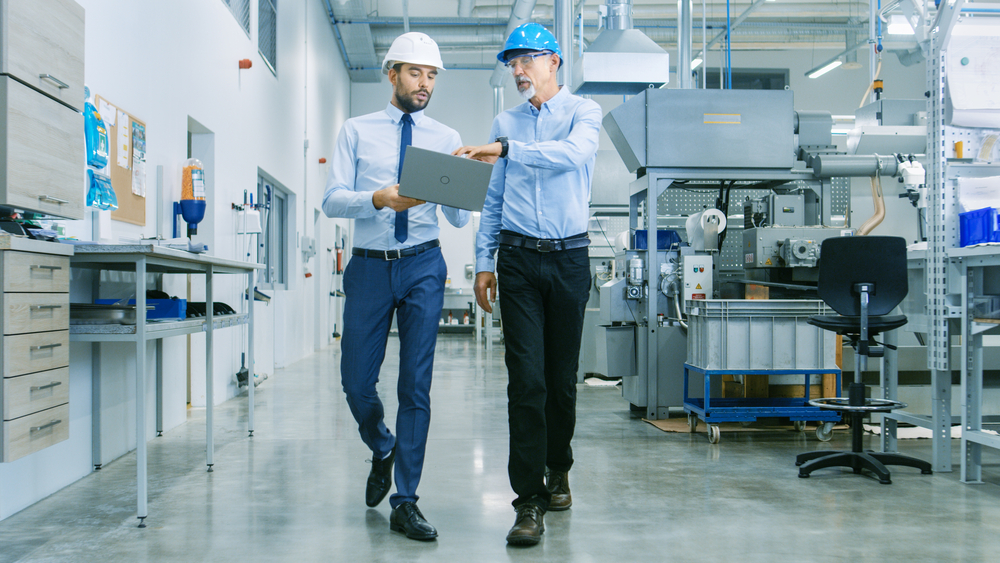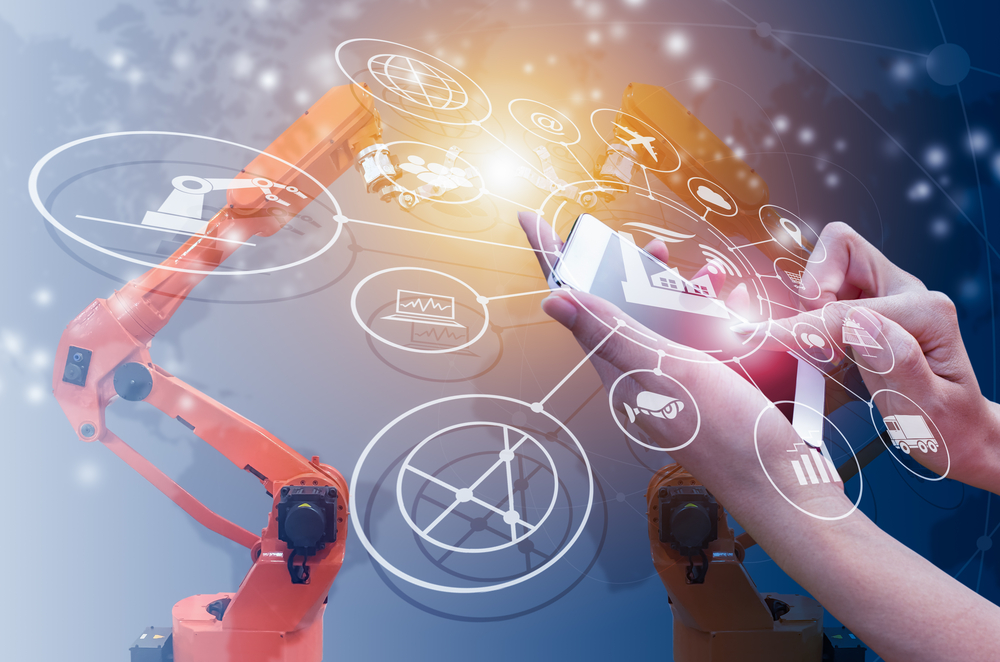A digital twin is a bridge between the digital and physical world. It is basically a digital model of a physical object or system. Originally deployed in the early 2000s, the concept applied to a singular device or system twinned digitally. But, as the Internet of Things and our technological capabilities have expanded, so too has the definition of what a digital twin can encompass. Entire factories, cities, and even people can have a digital twin, expanding both the concept and the potential impact.
Benefits of a Digital Twin
Digital twins can be used to create, troubleshoot and maintain systems and devices. Not only can processes or devices be developed in a virtual environment to be perfected prior to physical manufacturing, but once that product or device is built, sensor and pairing technology can continue to twin the product in the cloud. This twin allows operators to monitor, maintain and repair systems regardless of physical proximity.
By taking advantage of digital twin technology, industries across manufacturing, energy, transportation, construction and more can speed innovation and reduce costs, create better machine design, streamline training, enable better risk management and create a path to predictive maintenance and performance.
Digital Twins Speed Innovation and Reduce Costs

In the creation phase of a process or device, a digital twin allows engineers to completely create, test and build equipment in a virtual environment before a cent is spent on physical manufacturing. This allows manufacturers to test, correct and enhance the minute details of any asset before proceeding to real-world manufacturing. It’s cheaper and faster to build and test assets virtually allowing engineers to explore new ideas and build more competent machines and processes from the beginning. Opportunities and technological advances are uncovered and deployed faster using digital twin technology, fully optimizing machine design.
Streamlined and Richer Training Opportunities
A virtual copy of a plant’s physical systems or machines means more employees can be trained, in more flexible environments and at a lower cost than traditional training. No longer will trainees need to visit the physical object or factory to learn a process or tool. Trainees can be given full exploration of a system without having to compromise plant productivity, safety or maintenance.
Risk Management

The larger the scale to which they’re deployed, the larger the opportunity a digital twin has to transform industry. When entire factories are twinned, the value for risk management is immense. Digital twin software can combine data streams from safety-critical systems, workers completing safety checks with mobile apps, and maintenance scheduling systems. From this a dynamic risk model can be built to assist plant operators to monitor risk controls and predict hazards in real time.
Predictive Maintenance & Performance
Predictive maintenance is a focus for enterprise digitalization with 55% of enterprises currently piloting predictive maintenance initiatives. However, only 4% of maintenance professionals consider digital twin technology to be a key predictive maintenance enabler. The potential is there though and as the technology evolves, so will the opportunity to leverage it for this use.
A digital twin won’t just mirror current operations or an asset, it will also represent its actual historical performance, leading to better analysis and simulation of its future performance. Digital twins could be used in this way to precisely monitor equipment health and recognize anomalies at a faster pace than current equipment health checks.
A true digital twin would precisely reflect all of the physical twin’s properties, including mechanical and electrical components, the asset’s operational environment and more. The present limitations of using a digital twin in predictive maintenance come from all of the necessary input sources to accurately capture this information. Presently, that would require input from facility managers, process engineers, electrical engineers, equipment vendors and anyone else interacting with the asset. As sensor and pairing technology evolves, these inputs will become more automated and the opportunity for using digital twin technology for predictive maintenance and performance will be enormous.
The digital twin concept is already transforming industry. As technology continues to evolve, the concept’s opportunity to increase efficiency, safety, training and machine design while mitigating risk and maintenance schedules will redefine how enterprises from engineering to manufacturing to energy operate.

